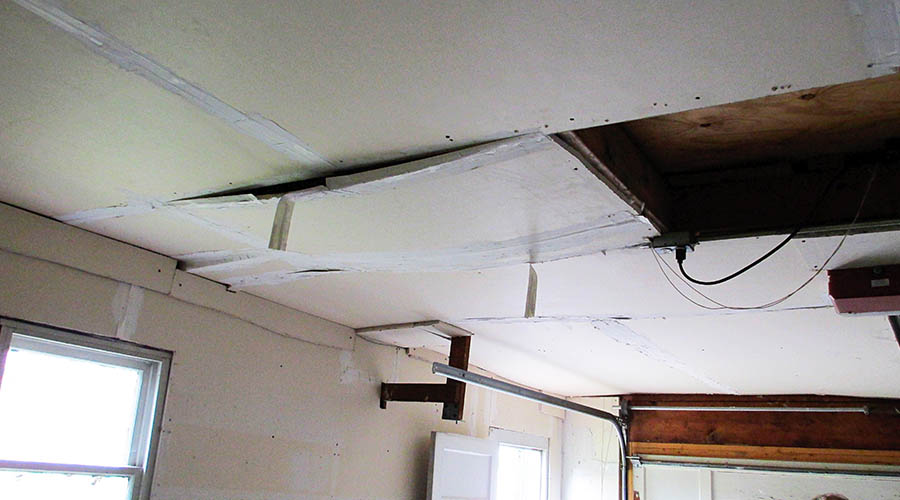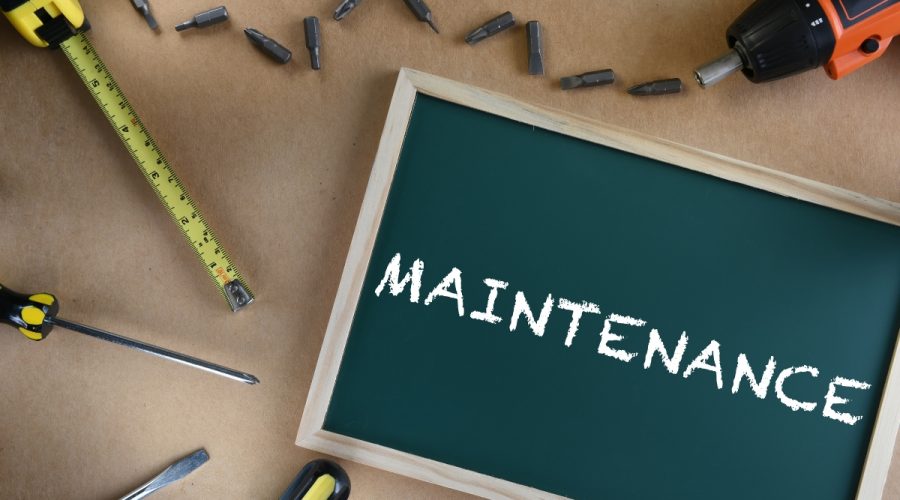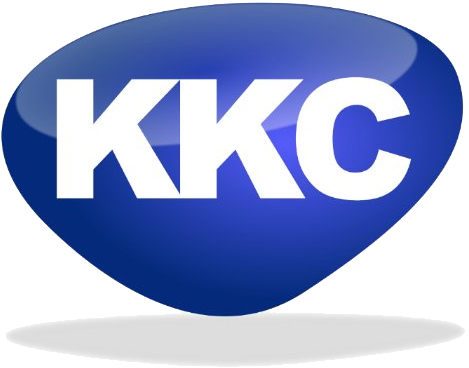The significant difference between breakdown (reactive maintenance) and preventative maintenance has to be cost. What works best (and costs less) for one organisation may not be ideal for another.
Breakdown maintenance (also known as reactive maintenance and preventative maintenance strategies are each valid for different reasons. The most critical assets require frequent preventative maintenance to extend their lifespan. Optimal performance levels at the lowest cost are the goal. Alternatively, breakdown maintenance can be handy for equipment that doesn’t impact output quality or workplace safety. Striving to find the ideal balance between the two approaches is the job of maintenance management and facilities managers. The reality is that most maintenance teams understand how to balance a mixture of breakdown maintenance and preventative maintenance to achieve their goals.
Preventive maintenance refers to procedures (and repeated schedules) of maintenance tasks that prevent equipment asset failures. Duties can include:
- Setting meter timers to trigger regular inspections.
- Correctly reporting equipment issues.
- Timely replacement of parts before failure.
Preventive maintenance’s primary goal is detecting and fixing minor issues to prevent more significant problems.
Breakdown maintenance is also known as run-to-failure maintenance. It’s used when preventing failure isn’t possible or economically feasible. Breakdown maintenance for equipment that won’t be a safety threat or disrupt productivity is standard. The management team can decide to keep running some equipment until it fails. Every facilities manager also has a strategy for unplanned breakdown maintenance. Unplanned downtime is inconvenient, unexpected, and costly. Most facilities have a budget for unexpected maintenance costs. Although breakdown maintenance is sometimes called corrective maintenance, they do have differences.
Preventive Maintenance Strategies
- A Risk-Based Maintenance strategy (sometimes known as an RBM strategy) looks at the asset failure risk and asks questions about what would happen in the event of failure. The risk looks at both the likelihood of failure and the consequences impact. If the risk is high, a rigorous maintenance procedure is set. It is a way to allocate a priority order to the maintenance schedule.
- A Failure-Finding Maintenance strategy procedure allocates time and resources to detect the potential hidden equipment or asset faults. For example, safety valves only function when other equipment fails. As they don’t operate under normal conditions, conducting failure-finding maintenance at regular intervals can prevent faults.
- A Time-Based Maintenance strategy (sometimes known as a TBM strategy ) refers to performing maintenance at fixed intervals regardless of the equipment condition. Sometimes TBM is called scheduled maintenance. This strategy is beneficial when failure is usually age-related. However, not all failures are age or time-related. Some assets and equipment have a short service life. Protecting business operations against the failure of wearing parts is essential.
- A Condition-Based Maintenance strategy (sometimes known as a CBM strategy) focuses on equipment that is obviously about to fail based upon evidence of its current condition. This strategy allows teams time to organise maintenance resources before failure occurs. Enough time to solve the detected problem can help to prevent complete failure consequences.
- A Predictive Maintenance strategy (Also known as a PdM approach) is an advanced form of CBM. PdM relies on monitoring performance – sometimes remote monitoring – to indicate a decline from optimum performance. PdM uses agreed parameters to assess whether the equipment is heading for failure. The main advantage of PdM is early enough warnings to restore optimal asset performance.
Breakdown Maintenance Strategies
- A Planned Breakdown Maintenance strategy identifies which equipment assets might fail and anticipates specific types of malfunction. Deciding to run the equipment to failure is acceptable when failure will not disrupt productivity or pose safety threats.
- An Unplanned Breakdown Maintenance strategy. This strategy sets service level agreements for unplanned downtime, the procedures to follow and the resources required to resume operation. Unfortunately, the equipment can fail at inconvenient and unexpected times. There is a cost involved, and most facilities managers set a budget for unplanned maintenance expenses.
Corrective Maintenance Strategies
- A Corrective maintenance strategy defines what should happen when finding a part or equipment issue while fulfilling other work orders. For example, if a technician identifies a failed motor while changing an air filter as part of a TBM procedure, it makes sense to schedule a time for corrective maintenance on the engine. Corrective maintenance might be deferred maintenance or emergency maintenance.
- A Deferred Corrective Maintenance strategy decision applies when there is no immediate threat to safety, and managers can defer the breakdown tasks later. Deferred maintenance tasks are scheduled after a failure has occurred. Sometimes deferment is necessary when resources or finances are not available.
- An Emergency Maintenance strategy (Known as EM for short) is as the name suggests. Urgent maintenance tasks cannot be scheduled when there are more severe consequences.
This article outlines some of the decisions between breakdown and preventive maintenance approaches. If you would like more information and expertise to help you make your maintenance strategy decisions, please get in touch.
Need A Quote?
Need a quote for reactive maintenance or planned preventive maintenance (PPM)? Simply call: 0845 20 25 725, email: jobs@kkcuk.com or fill in our contact form.





